Microsoft Power BI
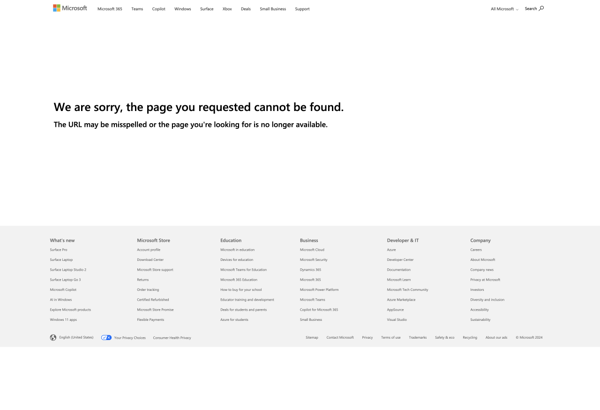
Microsoft Power BI: Business Analytics Service
Microsoft Power BI is a business analytics service that enables users to visualize and analyze data, share insights across an organization, and make informed business decisions. It offers a suite of tools for data preparation, analysis, and visualization, facilitating interactive and compelling reports and dashboards.
What is Microsoft Power BI?
Microsoft Power BI is a powerful business analytics service developed by Microsoft. It empowers users to transform raw data into meaningful insights, create interactive reports and dashboards, and share data-driven stories within an organization. Power BI is designed to help businesses and individuals make informed decisions based on a comprehensive understanding of their data. Key Features: Data Connectivity: Power BI connects to a wide range of data sources, including databases, cloud services, Excel spreadsheets, and on-premises data sources. It supports both structured and unstructured data. Data Transformation and Preparation: Users can transform and shape data using Power BI's data preparation capabilities. This includes cleaning, filtering, and structuring data to make it suitable for analysis. Data Modeling: Power BI allows users to create data models, defining relationships between different data tables. This enhances the ability to create complex and interactive visualizations. Interactive Reports and Dashboards: Users can create interactive reports and dashboards using a drag-and-drop interface. Power BI provides a variety of visualizations, including charts, tables, maps, and custom visuals. Natural Language Queries: Power BI supports natural language queries, allowing users to ask questions in plain language to get instant insights. This is facilitated through the Q&A (Question and Answer) feature. Collaboration and Sharing: Power BI facilitates collaboration within teams by allowing users to share reports and dashboards. Users can collaborate in real-time, ensuring that insights are accessible to relevant stakeholders. Security and Compliance: Power BI offers robust security features, including row-level security and data encryption. It complies with industry standards and regulations to ensure data privacy and compliance. Integration with Microsoft 365: Power BI integrates seamlessly with other Microsoft 365 applications, such as Excel, SharePoint, and Teams. This provides a cohesive experience for users within the Microsoft ecosystem. AI-Powered Insights: Power BI incorporates artificial intelligence (AI) capabilities to automatically identify patterns, trends, and anomalies in the data. This enhances the discovery of insights without manual analysis. Power BI Service: The Power BI service is a cloud-based platform that allows users to publish, share, and collaborate on Power BI content. It also offers additional features such as scheduled data refresh and automated dataflows. Mobile Accessibility: Power BI is accessible on various devices through mobile apps, enabling users to view and interact with reports and dashboards on smartphones and tablets. Customization and Extensibility: Users can customize reports and dashboards to match specific branding requirements. Power BI also supports the creation and integration of custom visuals and extensions. Microsoft Power BI is widely used across industries for business intelligence and data analysis. It caters to a broad audience, from business analysts to data scientists, and empowers organizations to derive actionable insights from their data.
Microsoft Power BI Features
Features
- Interactive data visualization
- Drag-and-drop report authoring
- Built-in AI capabilities
- Real-time dashboards
- Data preparation
- Native mobile apps
- Natural language queries
- Embedded analytics
- Large dataset support
- Gateway for on-premises data
Pricing
- Free
- Pro
- Premium
- Embedded
- Pay-as-you-go
Pros
Cons
Reviews & Ratings
Login to ReviewThe Best Microsoft Power BI Alternatives
Top Business & Commerce and Business Intelligence & Analytics and other similar apps like Microsoft Power BI
Here are some alternatives to Microsoft Power BI:
Suggest an alternative ❐Tableau

JasperReports

Metabase

Talend

QlikView
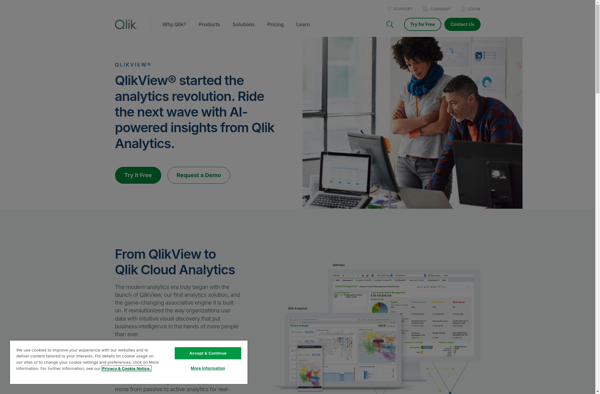
Alteryx

Pentaho

Google Fusion Tables

Cyfe

Snapboard

Cyclotron

Cluvio

Panxpan

Freeboard
Spotfire

Redash
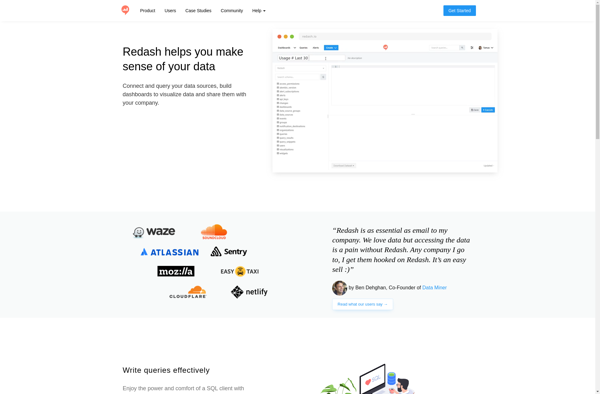
Meltano

Sisense

Chartio

Geckoboard

DIVE by MIT Media Lab

AnswerMiner

Spotzi

MicroStrategy Business Intelligence

LinceBI

Parquet Data Viewer

Amazon QuickSight

DashThis

Holistics Software

Jedox

Numerics

ChartExpo
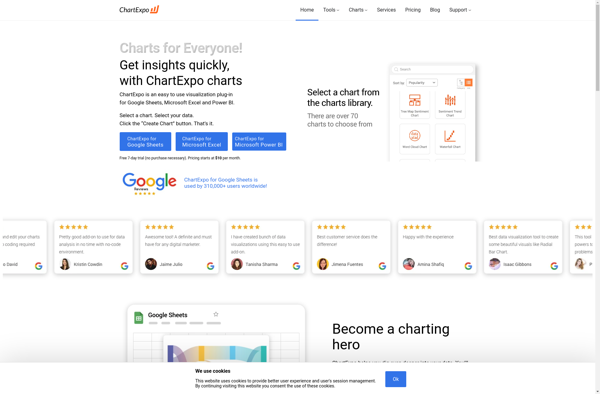
Stratifyd

EZlytix

QueryTree

Seal Report

EasyMorph

Datapine

Chartbrew
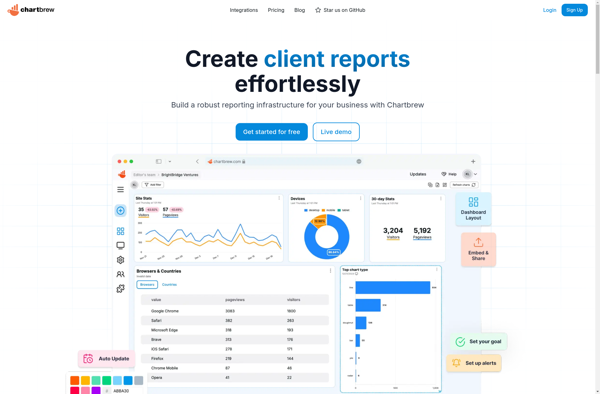
Syncfusion Dashboard Platform

SeekTable

Knowi

JetPack Data
SpagoBI

FineReport

Whatagraph

KNOWAGE

Marple

Chartrics

Stagraph
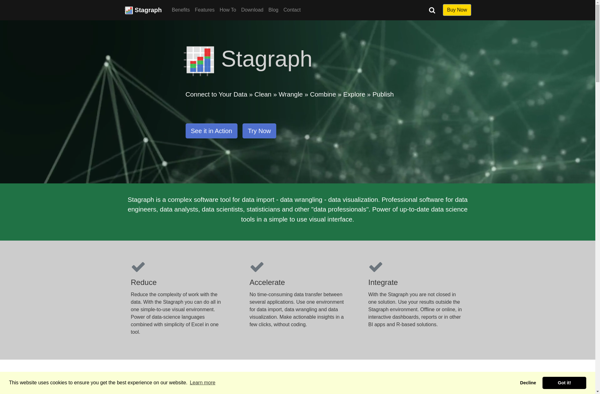
Startegy

Cirkulate

Everview
Lightdash

Phrazor

EzDataMunch

Insights for ArcGIS

SplashBI

Datacopia

Snapshot BI

IcStorm

Parrily
KiniMetrix

Birst

Quantum.io

XLCubed

Gaio

Traken
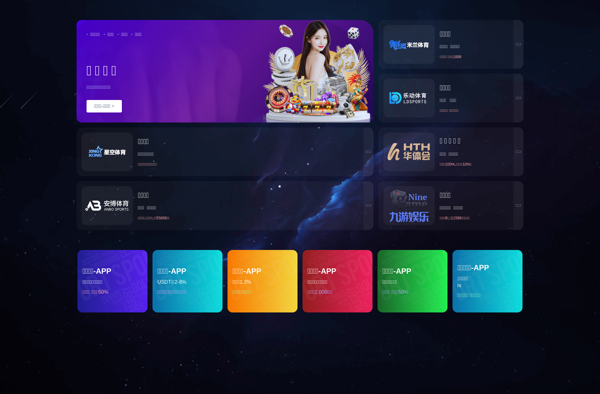
Dyntell Bi

CollateBox
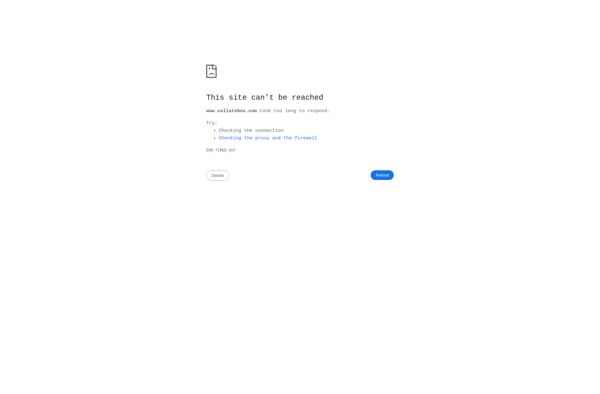
Bime
GoodData

VizualSurvey
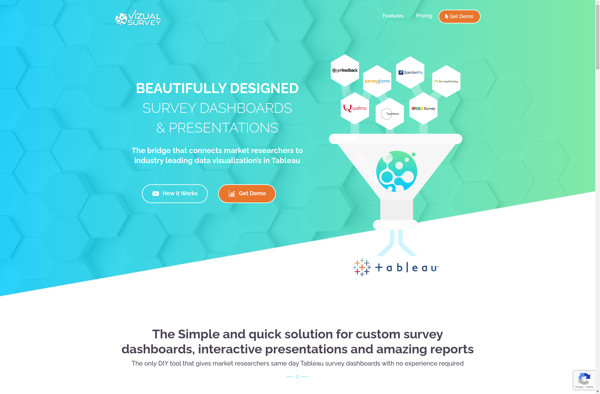
CircleBi
Prognoz
Centius Qi
Planchette Online
Jolicharts
Bipp Analytics

KPI watchdog
SQLwallet
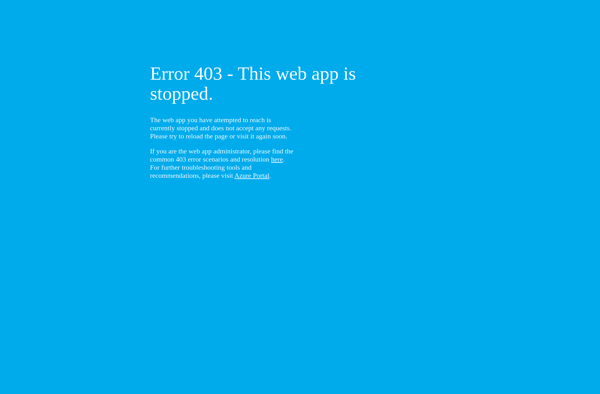
Palo Suite

Kubit

Easy Insight
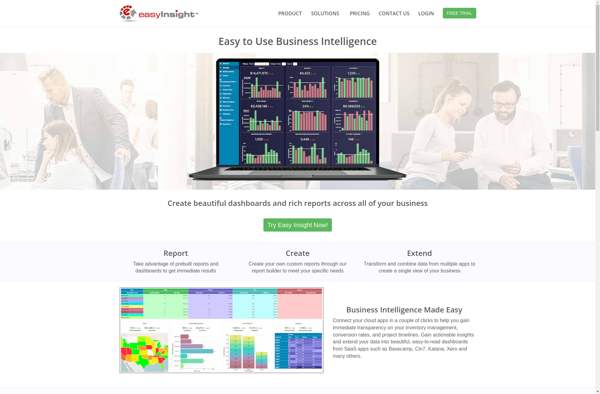
DrillDb
